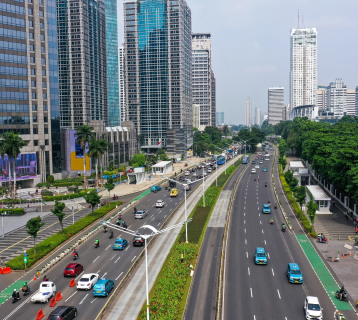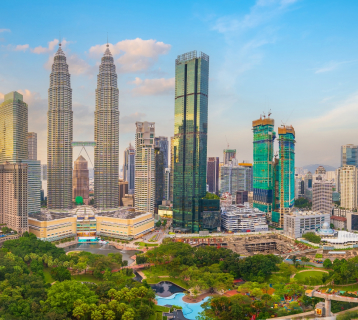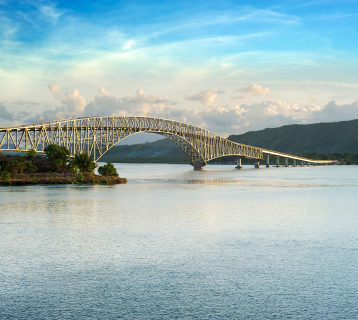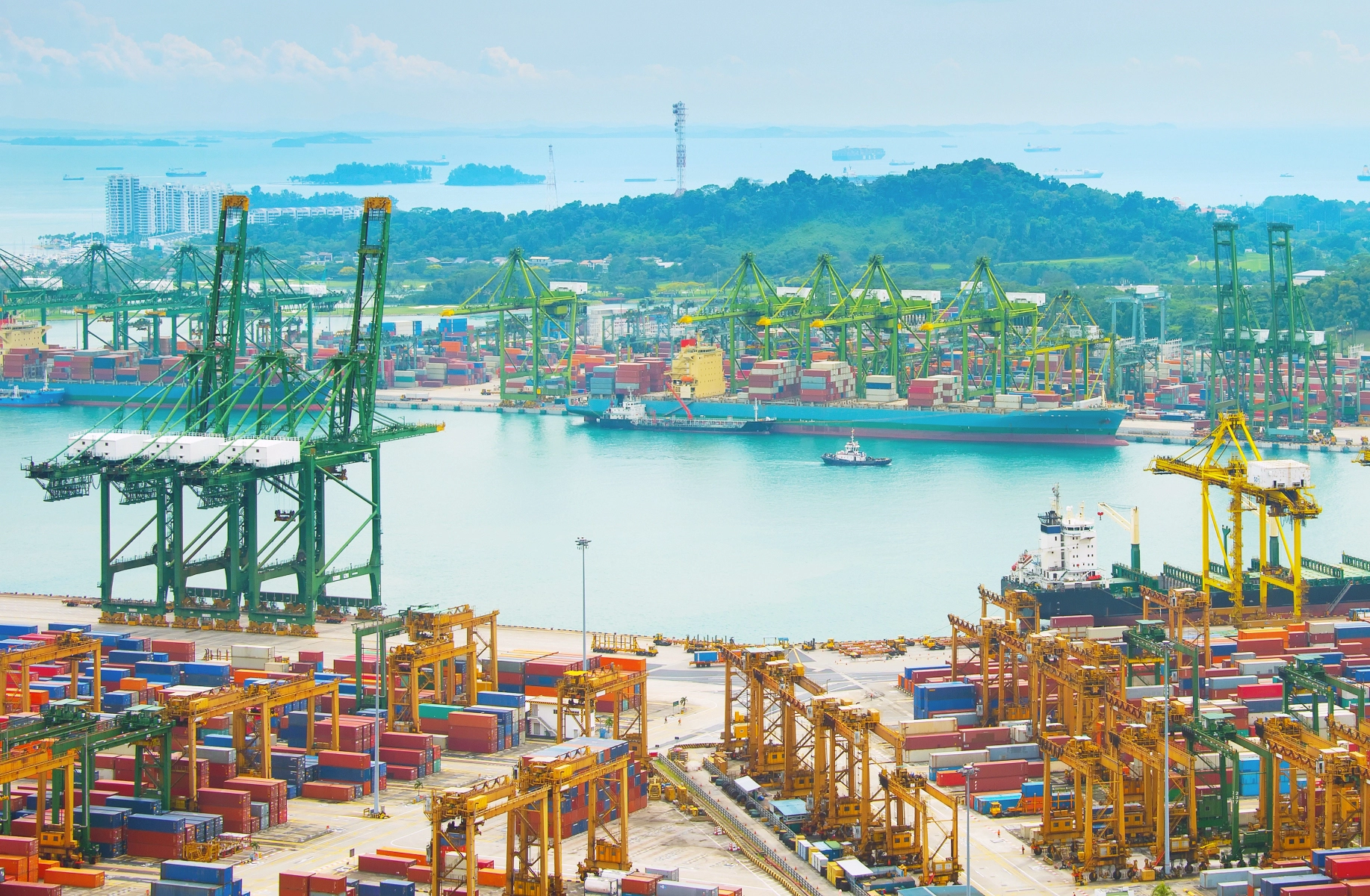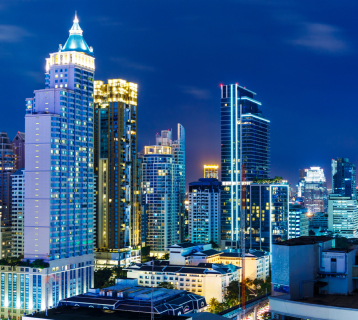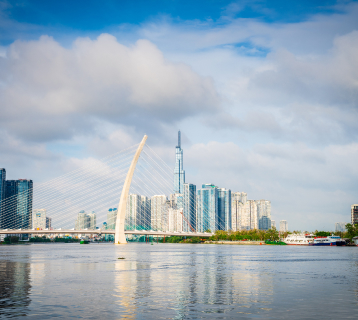
About the region
Experience exponential growth in Southeast Asia
Southeast Asia is one of the fastest-growing regions in the world and is expected to become the world’s 4th largest economy by 2030. In 2022, it grew at a pace of 5.5 percent and by 2030 domestic consumption is expected to reach USD 4 trillion.
Home to more than 650 million people, the region is larger than both the EU and North America and it has the third-largest labour force behind India and China. With a growing middle class and clear digitalization agenda Southeast Asia is rapidly transforming into a strategic business location, not only for manufacturing companies but for actors of a wide array of corporate industries.
Southeast Asia connects the Indian and Pacific Oceans and is situated at the confluence of major trade routes, with USD 5.5 trillion of global trade passing through each year. It also has a range of well-established manufacturing clusters and with the objective of diversification and lowering costs, the region has seen an influx of companies relocating parts of their supply chain.
To reap full benefits of higher amounts of investment being reallocated to the region, measures have been implemented within each country over the past years to improve regulatory environments and to put reforms in place to reduce the complications of starting a business, dealing with construction permits, and trading across borders. As a result, of the ease of doing business in Southeast Asia has improved at a fast pace as a result, with Singapore leading the way as the second top ranked economy on the World Bank’s Ease of Doing Business index.
In the energy field, every Southeast Asian country needs to work toward providing adequate energy supply amidst rising demand, while committing to developing sustainable energy sources and enhancing energy efficiency. All countries in the region have already set national energy efficiency and conservation targets. Several nations have started declaring detailed sectoral policies in industry and transportation, which remain the largest, and second largest energy-intensive sectors.
To accelerate the transition to clean energy and ensure a more sustainable future, several countries in Southeast Asia are pursuing multilateral energy cooperation and integration, e.g. through the development of the Association of Southeast Asian Nations – ASEAN Power Grid and an ASEAN regional common gas market. These initiatives require ASEAN member countries to forge strong partnerships with both regional and global partners. This will help support local capacity building, start sustainable climate investments, and promote the exchange of knowledge and technology. For Swedish companies with innovative solutions and products within energy, this poses an interesting window of opportunity and possibility to contribute to sustainable development in the region.
